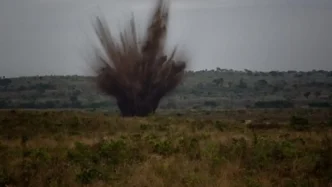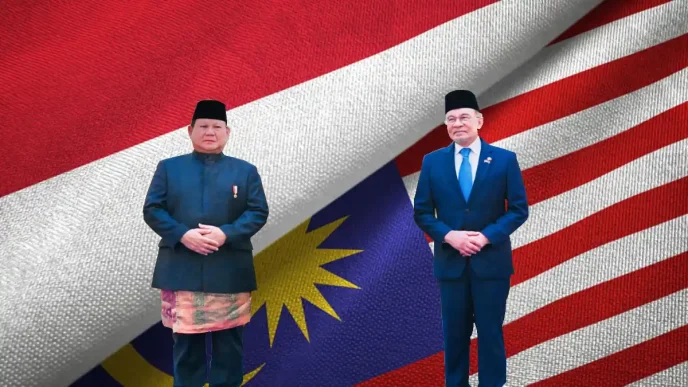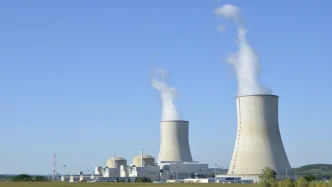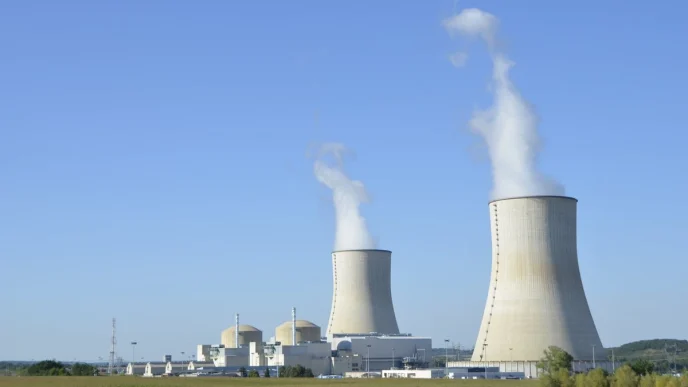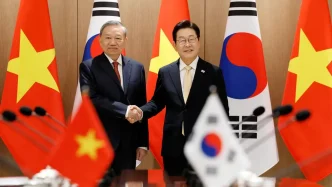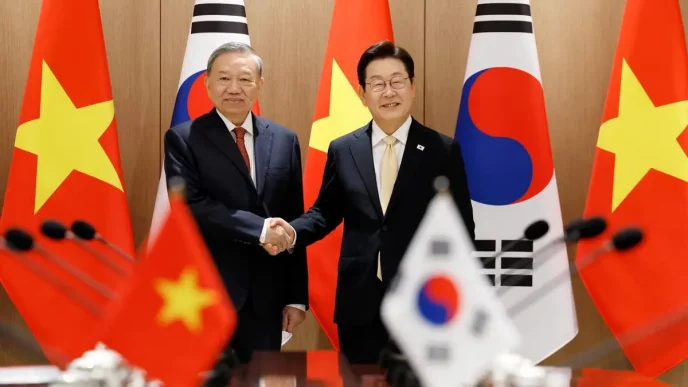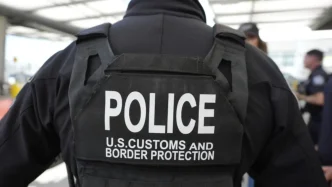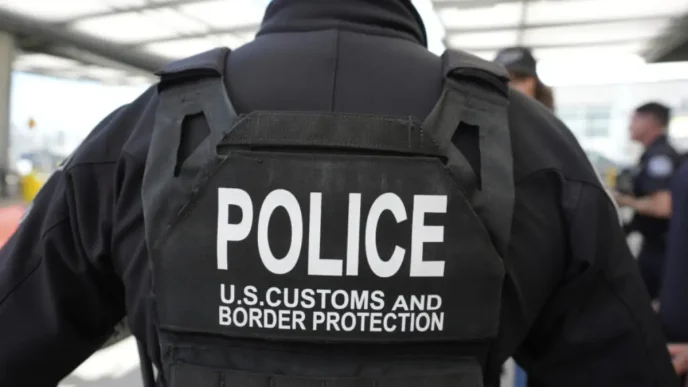In Thailand’s Surin province, a chilling reminder of recent border hostilities with Cambodia emerged as residents, returning after a forced evacuation, stumbled upon four unexploded BM-21 rockets in the rice fields and forests of Kab Choeng district. The discovery is part of a broader recovery of 384 pieces of ordnance across four border provinces, intensifying already fraught relations between the two nations. Amidst accusations of fresh landmine deployments and denials from Phnom Penh, the fragile ceasefire agreed upon in late July 2025 hangs in the balance, with both sides trading sharp rhetoric over responsibility for the violence that has displaced hundreds of thousands and claimed dozens of lives.
Unexploded Remnants of Conflict Surface
The unearthing of unexploded rockets in Surin is just the tip of a dangerous iceberg. Thai authorities, including the Royal Thai Armed Forces and Explosive Ordnance Disposal (EOD) teams, have been working tirelessly with the Thailand Mine Action Centre (TMAC) to clear munitions left from Cambodian attacks earlier in August 2025. Between August 1 and 9, TMAC deployed 15 operational units to support the Suranaree Task Force and Provincial Police Region 3 in clearing affected areas. Their efforts have yielded a staggering haul: 384 items, including BM-21 rockets, artillery shells, mortar rounds, and other explosives, recovered across Surin, Buri Ram, Si Sa Ket, and Ubon Ratchathani provinces.
In Surin alone, 218 items were found, with 189 identified as BM-21 rockets, alongside artillery shells, mortar rounds, and other explosives. Buri Ram reported 80 items, with fears that many more remain hidden, stoking panic among local communities. Si Sa Ket and Ubon Ratchathani recorded smaller but still significant numbers, with 70 and 16 items respectively, the latter entirely comprising BM-21 rockets. Thai officials have urged residents to steer clear of suspect areas, as the risk of further discoveries looms large over these border regions, which have borne the brunt of recent cross-border violence.
The clearance operations are a direct response to hostilities earlier this year, which forced the displacement of over 300,000 people and resulted in civilian and military casualties on both sides. The physical remnants of war now litter the landscape, posing an immediate threat to returning residents and complicating efforts to restore normalcy.
Landmine Allegations Deepen Mistrust
Beyond the unexploded ordnance, a more contentious issue has reignited diplomatic friction: Thailand’s accusation that Cambodia has laid fresh landmines along their shared border. Over a recent weekend in August 2025, the Royal Thai Army (RTA) reported that three soldiers were injured by a landmine explosion while patrolling between Thailand’s Si Sa Ket province and Cambodia’s Preah Vihear province. One soldier lost a foot, and two others sustained injuries in the blast. RTA spokesperson Maj. Gen. Winthai Suwaree condemned the incident, alleging that the area had previously been cleared by Thai humanitarian units and accusing Cambodian forces of deliberately planting the mines in violation of international agreements.
Cambodia swiftly rejected the claims. The Cambodian Mine Action and Victim Assistance Authority issued a statement asserting that the country has not and will not deploy new landmines, emphasizing its commitment to the Anti-Personnel Mine Ban Convention, ratified in 1999. The Ministry of Foreign Affairs echoed this denial, pointing to Cambodia’s record of demining rather than deploying such weapons. Cambodian officials have suggested that Thai soldiers may have encountered mines from the country’s civil war era in the 1980s and 1990s, arguing that deviations from agreed patrol routes could explain the incidents.
This latest explosion follows two similar incidents in July 2025, which Thai authorities also attributed to newly laid mines. On July 16, three soldiers were injured, one losing a foot, in the eastern sector of the border. A week later, on July 23, another blast wounded five soldiers, with one losing a leg. These events contributed to a rapid deterioration in relations, culminating in Thailand downgrading diplomatic ties with Cambodia and the outbreak of intense fighting on July 24. Despite a ceasefire declared on July 28 and a 13-point plan agreed upon by the General Border Committee to maintain peace, including a freeze on troop movements and a commitment to avoid provocative actions, mutual suspicion persists.
Political Dynamics and Nationalist Fervor
The border dispute, centered on historical claims over sites like Prasat Ta Kwai and Ta Moan Thom, continues to fuel nationalist sentiments on both sides, making de-escalation a complex challenge. Thai military officials have made provocative statements, with Lt. Gen. Boonsin Padklang, head of Thailand’s Second Army Region, recently vowing to recapture disputed temple sites and considering permanent closures of border areas. Cambodian Defense Ministry spokesperson Maly Socheata responded sharply, calling the remarks a violation of the ceasefire and evidence of intent to invade Cambodian territory.
Domestic political dynamics further complicate the situation. In Thailand, tensions between the Pheu Thai-led government, which negotiated the ceasefire, and the military, which sees itself as the ultimate protector of national sovereignty, have introduced unpredictability into decision-making. Analysts note that the military’s actions have at times undermined civilian authority, particularly in the lead-up to the July clashes, raising the risk of renewed conflict. The Thai government faces pressure to appear resolute in the face of perceived Cambodian aggression, while internal divisions weaken its ability to project a unified stance.
In Cambodia, the border conflict has bolstered Prime Minister Hun Manet’s government, unifying public opinion around national defense and providing a distraction from domestic economic and social issues. Unlike in Thailand, the Cambodian leadership maintains tight control over both the military and media, enabling a more disciplined messaging strategy. Some observers suggest that Cambodia’s strong rhetoric, including occasional exaggerated claims about Thai actions, may be a deliberate tactic to exploit divisions within Thailand while rallying domestic support.
A Fragile Ceasefire Under Strain
The exchange of accusations and inflammatory statements underscores the deep mistrust between Bangkok and Phnom Penh, despite the ceasefire and diplomatic efforts to stabilize the border. The General Border Committee’s agreement, reached during an extraordinary meeting in Malaysia on August 7, 2025, aimed to prevent further escalation, but incidents like the recent landmine blast and the discovery of unexploded ordnance highlight the fragility of the truce. Both sides appear entrenched, with neither willing to be seen as conceding ground—literally or figuratively—in a dispute that has historical, cultural, and political dimensions.
The human cost of the conflict remains stark. The fighting in July displaced over 300,000 people across the border, with at least 43 lives lost in the clashes. Communities in Thailand’s border provinces, such as Surin and Buri Ram, live in constant fear of hidden dangers in their fields and forests. The psychological toll of returning to areas littered with unexploded munitions is immense, as is the challenge of rebuilding trust in a region scarred by decades of tension.
International Implications and the Path Forward
The Thai-Cambodian border dispute is not merely a bilateral issue; it carries implications for regional stability in Southeast Asia. The involvement of international agreements like the Ottawa Convention, which bans anti-personnel mines, adds a layer of complexity, as violations—real or perceived—could draw scrutiny from the global community. Thailand’s repeated accusations and Cambodia’s firm denials have yet to be independently verified, but the lack of transparency on both sides fuels speculation and hinders mediation efforts.
Moreover, the dispute risks distracting from broader regional priorities, such as economic cooperation and addressing shared challenges like climate change and cross-border crime. The Association of Southeast Asian Nations (ASEAN), of which both countries are members, has historically struggled to mediate such conflicts, often adhering to a principle of non-interference. Without a neutral arbiter or a mechanism to enforce ceasefire terms, the likelihood of recurring violence remains high.
As clearance operations continue and diplomatic spats unfold, the people living along the Thai-Cambodian border bear the heaviest burden. The discovery of unexploded rockets in Surin is a stark reminder that the fallout of conflict lingers long after the guns fall silent. Whether leaders in Bangkok and Phnom Penh can rise above nationalist rhetoric and internal political pressures to prioritize peace remains an open question. For now, the border remains a literal and metaphorical minefield, with the potential for further explosions—both physical and diplomatic—lurking just beneath the surface.
